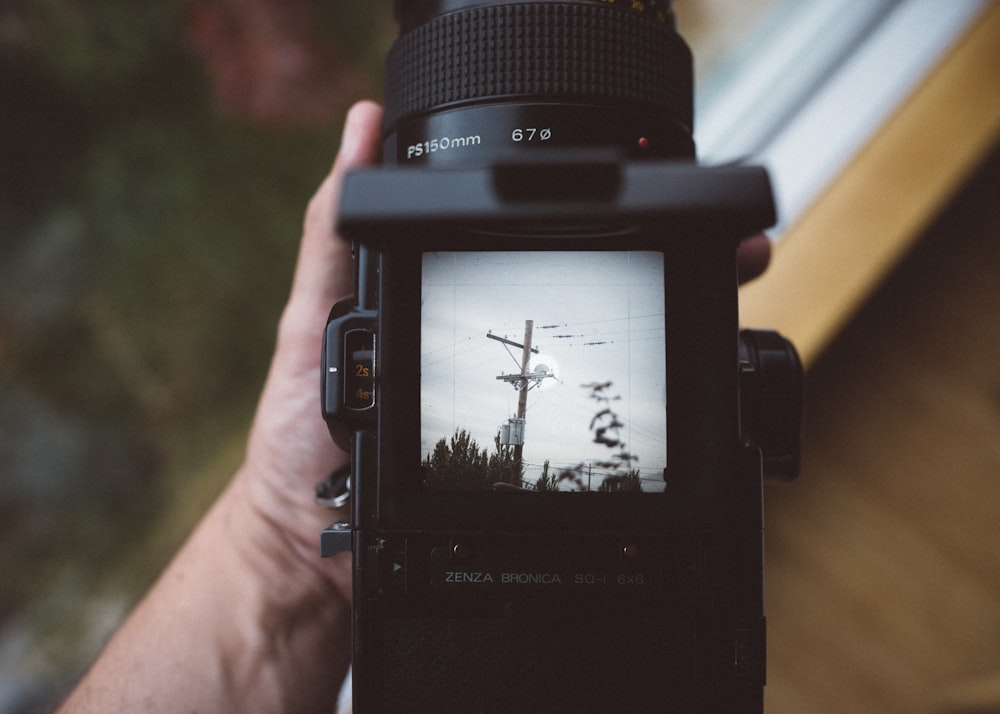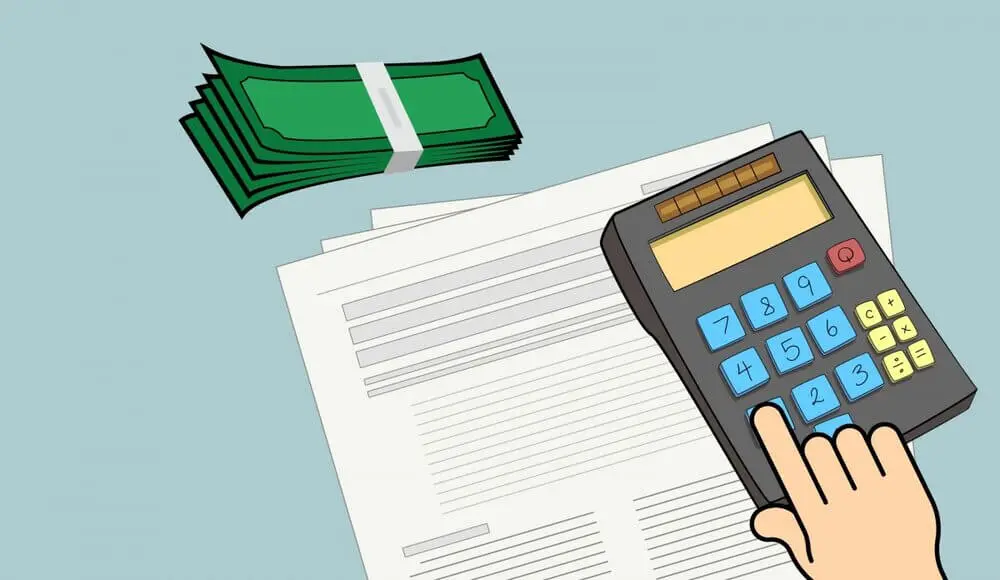Originally published July 10, 2020 , updated on May 9, 2024
So you’ve decided to invest some time, effort, and budget into your business’s online presence.
You’ve heard that social media is the way to go. While social media can play a big part in your marketing strategy, you need to be careful of one thing…digital sharecropping.
It’s easy for any business to fall victim to digital sharecropping because there’s an alarmingly low amount of awareness about it. Native English content writers in the industry know all too much about this shortfall. In fact, we think it’s high time that everyone gets a better idea of what digital sharecropping is and how best to avoid it.
Here’s what our native English content writers think about digital sharecropping and some advice on what not to do.
What is Digital Sharecropping?
The term ‘digital sharecropping’ was first used by the author Nicholas Carr. He used it to describe a common occurrence on the Web 2.0 (today’s internet). Being one of the knowledgeable native English content writers in the industry, he said:
“One of the fundamental economic characteristics of Web 2.0 is the distribution of production into the hands of the many and the concentration of the economic rewards into the hands of the few.”
Simply put, the more content that’s put onto free platforms, the more valuable those platforms become. So, the more you add to Facebook, Twitter, Pinterest etc. the richer you’re making them. To make matters more unfair, once you publish that content on the platform, it no longer belongs to you, even if you’ve created it.
The reason it’s called digital sharecropping is that it draws parallels to a form of agriculture called sharecropping. With this system, those who farm the land don’t actually own it. Instead, they work the land that is owned by a larger entity and receive a small portion of the profits of their labour.
So, if you imagine that Facebook is the landowner, your business would be the farmer doing the actual work. You work the ‘land’, producing content that brings traffic and attention to the site. What our native English content writers hate most about this is that, even after the effort, your content no longer belongs to you once it’s online. And, yes, you may get some customer interest out of it, but you have little control of what happens to it once it’s on there.
How We Can Tell if You’re Guilty of Digital Sharecropping
Our team native English content writers will tell you to stay far away from digital sharecropping. But that’s easier said than done. How do you even know if that’s what you’re doing?
The horrible truth is that tons of businesses are victims of digital sharecropping without even knowing it. For those that use PR teams and media managers that aren’t native English content writers, this is a travesty. Their teams should know better. But, alas, when you make content for so many different platforms, it’s easy to lose track and forget about who actually owns that content. It’s easy to assume that it’s still yours.
Here are some questions that our team of native English content writers use to determine their level of digital sharecropping:
-
Is the content credited to me?
-
Am I able to control when, where, and how my content is displayed?
-
Can I say when my content is deleted, edited, or taken offline?
-
Can I download or archive my content from the site it’s on?
If the answer to the question above is “no”, then you’re probably digital sharecropping. Yikes.
What’s SO Bad About Digital Sharecropping Anyway?
Unless, like us, you’re one of the native English content writers that understand the ins and outs of digital sharecropping, you may not see the downside. Sure, your content brings in money for the social media site. And sure, you may not have control over the content once it’s posted. What’s the harm in all that? You’re still getting your name out there, right? While that may be true, it’s not always for the best.

You need to remember that there is a difference between having a well-rounded marketing strategy and relying on a platform to do your marketing for you. It’s the latter that we want to avoid. Native English content writers in the marketing industry will tell you that it’s important to use all kinds of social media to promote your business. It’s a great way to engage with your audience and promote your business. But, you should be doing more than just that.
Here’s why our native English content writers think you shouldn’t put all your eggs in one basket:
Platforms Come and Go Overnight
When was the last time you thought about Vine, the video-sharing platform? Crazy to think it was once the most popular video-sharing platform out there. And then, it disappeared overnight.
Websites and third-party platforms can lose popularity quickly for various reasons. So, if you’re investing significant amounts of time, energy, and money into one of these platforms, you stand to lose a lot if it goes bust.
The scariest part of all is that there’s little way to tell when the ship might sink. You’re taking a huge gamble on the platform doing well. If it does start to lose popularity, you’ll have fewer eyes on your content and your reach will start to dwindle. This is our native English content writers’ collective nightmare.
There’s No Customisation
Unless you own the platform, there’s little room for creative control of your content. Our team of native English content writers often bemoan the fact that there’s a word limit for posts – unless you buy more characters. But, it goes further than this.
What if your business uses outstanding photos as part of its marketing. These platforms often compress the images, taking away the impact. And, if you use video content, your videos have to meet certain requirements to be shown. I can hear the rest of our team of native English content writers cringing from here!
On the topic of videos, platforms like Facebook will place ads on them. While this brings in revenue, you have no control over the types of ads they use. What if the ad doesn’t align with your brand? What if it’s an ad for your competitors’ products?
Ultimately, relying solely on these platforms leads to a compromise in terms of quality and originality of content. For our native English content writers, quality comes before everything.
It’s Out of Your Hands
Our native English content writers know all too well that, once your content is posted, it’s out of your hands. You’re at the mercy of the platform. If they suddenly decide to change their policy, and your content doesn’t adhere to it, you get the boot. No warning, no time to change.
This is particularly true of platforms that use algorithms to promote content. If your content isn’t in line with the policy, it won’t be shown as often as you hope. It goes even further, to the point where a platform can suspend your page/content altogether. You have little recourse in the matter.
It’s Not All Doom and Gloom
By now, you may be thinking that our native English content writers hate all social media platforms. This is not the case. We just know how detrimental digital sharecropping can be to a business. Social media platforms are fantastic when used as part of a greater social media marketing strategy. It shouldn’t, however, be the bulk of your digital marketing efforts.
This is why it’s so important to have a team of professional content marketers on your side, especially if they involve our native English content writers. With their help, you should be able to steer clear of digital sharecropping.
What Other Options Do I Have?
So, say you’ve taken our native English content writers’ advice and decided to avoid digital sharecropping. What kind of solutions do you have?
-
Firstly, you need to make sure that your website is up to scratch. After all, this is where your potential customers are going to be looking. Make sure that your website is professionally designed, optimised for SEO purposes, and is mobile friendly.
-
Secondly, start posting content to your website. This can be in the form of videos, blogs, or infographics. Whatever you choose, you’ll be the one that owns it. This means that you have full control over when and how it’s posted, and how it’s distributed. Your content will be completely customised to suit your standards. Our team of native English content writers can be a great help with this part.
-
Finally, build your brand on your own terms. Seeing as you’re no longer beholden to the whims of the platform execs, you can decide how you want your brand to work. You get to choose how you advertise and who you partner with.
Don’t Say Goodbye to Social Media Just Yet
Your website is great on its own, but it would be silly to discredit how powerful social media is. Simply for the fact that so many people use it every day. As part of your marketing plan, it’s a great idea to use social media posts to promote your content. That way, you’re getting the best of both worlds.
The goal in this instance is to use those platforms to drive traffic to your site. So, instead of relying on the site for all the information they need, your customers will find you on there and rely on your own website instead.
A great way to make sure you’re hitting a good balance is to write a blog for your website, then post a summary of the blog to the social media site. Make sure to link the blog so that people can keep reading if they’re interested. This is where our native English content writers can make things much easier for you.
How Goodman Lantern’s Native English Content Writers Can Help You
Hopefully, you’ve got a better understanding of what digital sharecropping is and how to avoid it. But, our native English content writers know that understanding and implementation are two different things. That’s why it’s better to choose well-versed, knowledgeable native English content writers to do the job for you. That’s us!
With a deep understanding of language, phrasing, and nuance, our native English content writers can help you produce excellent content. And, with an allergy to digital sharecropping, they’ll make sure your content remains yours and yours alone.
Our team of native English content writers can help you avoid the dreaded digital sharecropping. Contact us today!




















